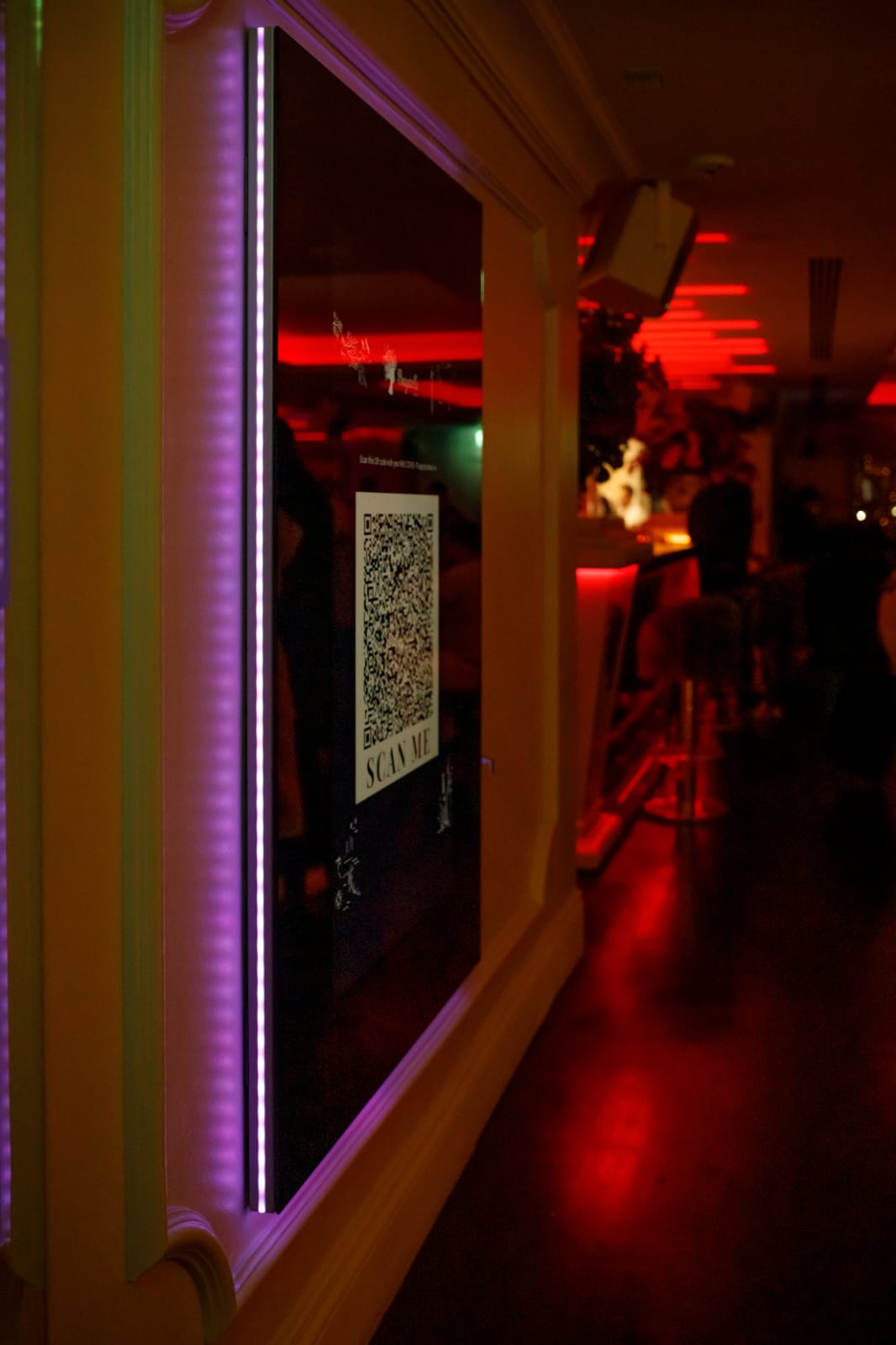Barbara Jarabik: Successful brands often have a strong emotional appeal, and may be seen as aspirational. They can be found in a variety of industries, including fashion, beauty, automotive, hospitality, and more. High-end brands are typically well-known and well-established, and they often have a long history. They generally have a superior level of quality and craftsmanship. When marketing luxury products, there are a number of possible strategies that you can take in order to reach your target audience. Luxury marketers must carefully consider their target audience and what they are looking for in their luxury purchases.

Don’t neglect customer service: When you step into a designer store like Burberry or Louis Vuitton, what’s the first question you’re often asked? “Would you like a glass of champagne or tea?” That’s how it’s done. Brands like these treat their customers like kings and queens. Offering champagne and having a lounge within stores also adds to the luxurious branding. It makes you feel like you’re in a completely different world. Loyalty and repeat purchases are huge components of a successful luxury business. Customers who come back to purchase new releases or existing products have very high average lifetime values. This is why you must treat them extremely highly and ensure they are 100% satisfied. As a matter of fact, 55% of consumers would pay to have a better customer service experience.
Email marketing is extremely effective for e-commerce marketing and increasing customer loyalty, as it provides the opportunity to educate consumers and tell them about new experiences or products offered by the brand. Harrods do an exceptional job with their email marketing campaigns, and are well worth subscribing to for email campaign inspiration. In the near future, talking about online and offline will be like talking about the benefits of our left leg vs. our right leg. Both are integral to the other. It seems that every few months Burberry are running a new online brand-awareness campaign, driving luxury shoppers into their stores. Once those customers are in the stores, they’re encouraged to take pictures, share content, watch live streams, and use in-store iPads.
There’s a reason Gucci doesn’t do infomercials for tiger print duffels. That Equinox doesn’t offer a discount for January first’s newly health-obsessed. That anthropomorphic Hamsters break dance in front of Kia Souls instead of Range Rovers. Advertising for luxury brands tends to focus on, well, luxury. The happiness they inspire. The quality. The sheer opulence that becomes a piece of one’s life when he or she buys free-range leave-in conditioner infused with dolphin tears, or an ornate bottle of some top-shelf botanical cordial. Whether you’re storyboarding a TV spot or building out an ad group in Google Ads (the artist formerly known as AdWords), your target audience needs to feel as though your product or service is a physical manifestation of luxury.

With a solid system for managing your marketing plan and allocation of budget and focus, we can now dive into some of the specific channels and experiments you might want to test. When marketing luxury products, photographs are one of the best mediums for evoking the aspirational emotions that we connect with driving a luxury vehicle, wearing designer clothing, or experiencing something exclusive. As such, visual social networks like Pinterest represent a huge opportunity for luxury brands to raise brand awareness and advocacy. Read even more information on Barbara Jarabik.
Digital signage mirrors are another way for luxury brands to advertise efficiently : The entire digital signage mirrors market was estimated at USD 780 million in 2021. The global market is expected to grow at a CAGR of 12.21% to reach USD 910 million by 2023. Digital signage mirrors can vastly improve individual efficiency by choosing outfits as per weather updates while also offering bus and train schedules (including traffic updates). Digital signage mirrors in smart homes, planes, commercial spaces, hotels, etc. are designed to be connected to users as well as with different devices around. Energy efficiency is one of the major advantages that will drive the adoption of digital signage mirrors.